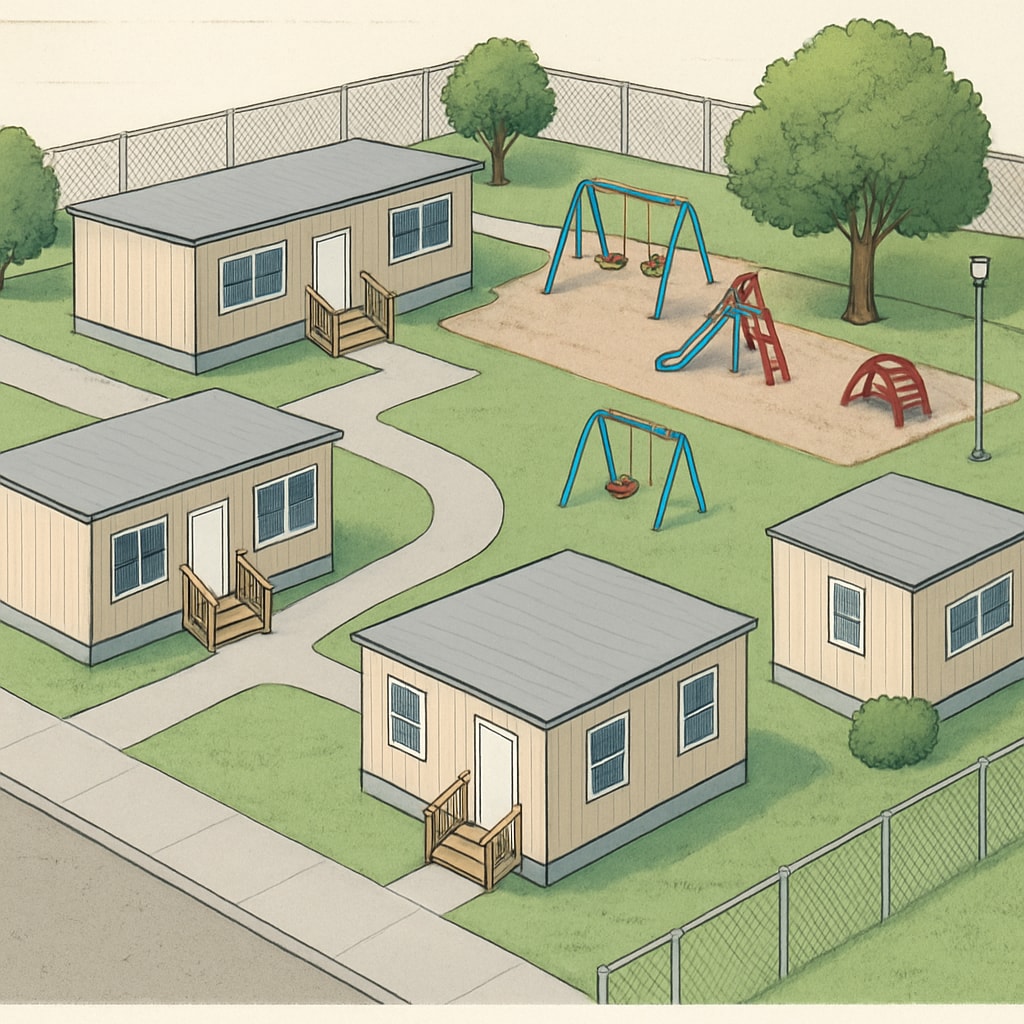When primary schools undergo reconstruction or upgrades, the temporary campus environment often becomes a significant concern. Changes such as reduced space, limited facilities, and altered routines can deeply affect students’ learning experiences and even their psychological well-being. Additionally, these disruptions may limit parental involvement, which is vital for maintaining a child’s sense of stability. Addressing these challenges is essential to ensure that the educational experience remains intact during this transitional period.
Understanding the Challenges of Temporary School Environments
Temporary school campuses often lack the space and resources of permanent facilities. For instance, classrooms may be smaller, outdoor play areas may be reduced, and specialized amenities such as science labs or libraries might be unavailable. These limitations can hinder students’ ability to explore and engage fully in their education.
Moreover, the unfamiliar setting can heighten stress or anxiety among younger children, who thrive on routine and predictability. The absence of familiar surroundings can make it harder for some students to focus or feel comfortable, impacting their overall academic performance and social interactions.

How Parental Involvement is Affected
During school rebuilding, parents may find it challenging to stay engaged due to changes in routines or restricted access to the temporary campus. For example, some schools may limit on-campus events or parent-teacher meetings due to space constraints. This reduced interaction can leave parents feeling disconnected from their child’s educational journey.
However, maintaining a strong parent-school partnership is critical during periods of change. Research highlights that parental involvement plays a key role in helping children adapt to new environments. Parents who actively engage with both their children and the school can foster a sense of stability and support.

Practical Strategies for Navigating the Transition
Both schools and parents can adopt proactive measures to address the challenges of temporary campuses. Here are some strategies:
- Enhancing communication: Schools can use digital tools like apps or emails to keep parents informed about updates, events, and any changes to routines.
- Providing emotional support: Parents can talk to their children about the temporary changes, reassuring them that the situation is temporary and encouraging open communication about their feelings.
- Maximizing available resources: Teachers can creatively use the existing space and materials to ensure engaging lessons, while parents can provide additional learning support at home.
- Organizing community efforts: Parents and school staff can collaborate to enhance the temporary environment—for example, organizing fundraisers to add more resources or creating safe outdoor play areas.
Long-Term Benefits of Overcoming Temporary Challenges
While the transition to a temporary campus can be challenging, it also offers opportunities for growth. Students learn resilience as they adapt to new environments, and parents can strengthen their connection with their children through active involvement. Moreover, the eventual completion of the school reconstruction project promises improved facilities and resources, which will benefit generations to come.
Ultimately, by working together, schools and parents can ensure that a temporary campus does not compromise the quality of education or the well-being of students. The key lies in maintaining open communication, providing emotional support, and fostering a collaborative spirit to overcome these temporary obstacles.
Readability guidance: Focus on short paragraphs, clear subheadings, and lists to improve readability. Use transition words to connect ideas, and keep sentences concise while maintaining a professional tone.


